20 Ways to Make Cheap Cuts of Meat Taste Expensive
Explore 20 simple but effective ways to transform budget-friendly cuts of meat into rich, savory dishes that taste premium.
- Chris Graciano
- 5 min read
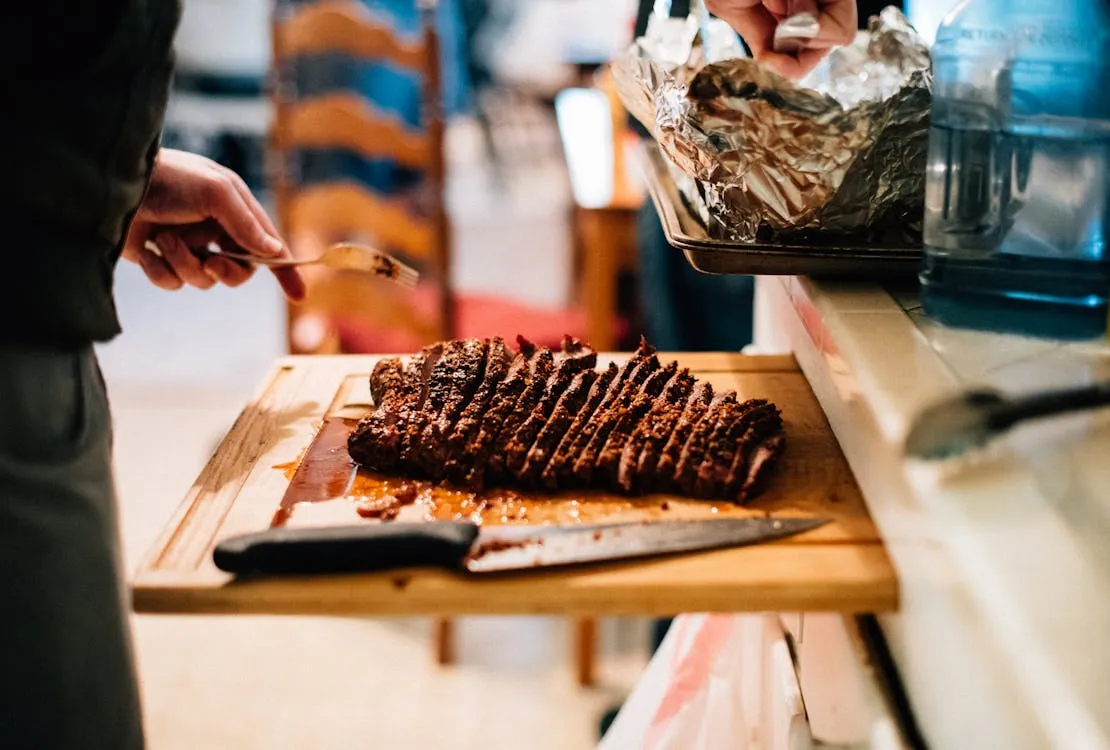
When cooking on a budget, making the most of an affordable piece of meat might seem challenging. However, it doesn’t mean you have to sacrifice quality. There are more than a handful of ways to enhance the flavor of your protein. This article explores 20 techniques to make even the cheapest cut of meat taste extraordinary.
1. Marinating
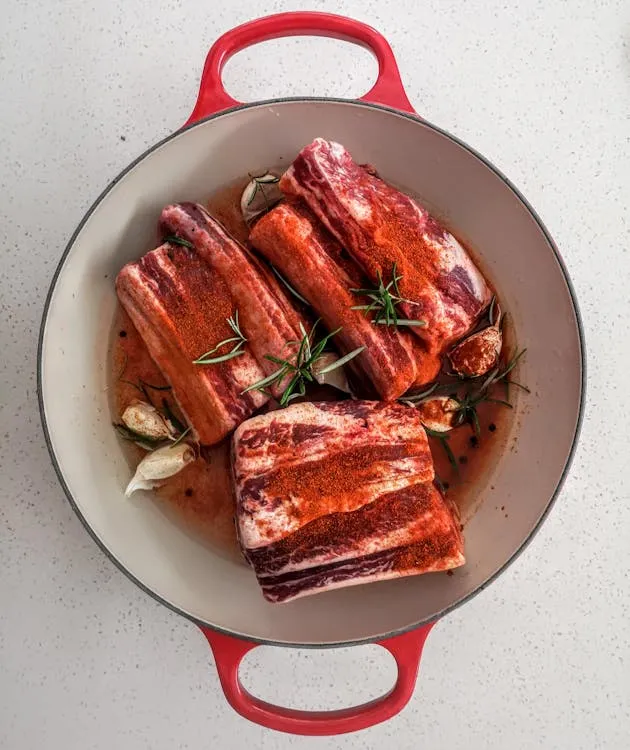 George Piskov by Pexels
George Piskov by Pexels
When you want the meat to taste delicious, marinating is key. This process helps touch cuts become tender and adds another layer of flavor. To deepen the flavor profile, you can opt for ingredients such as herbs, garlic, citrus, and vinegar.
2. Braising
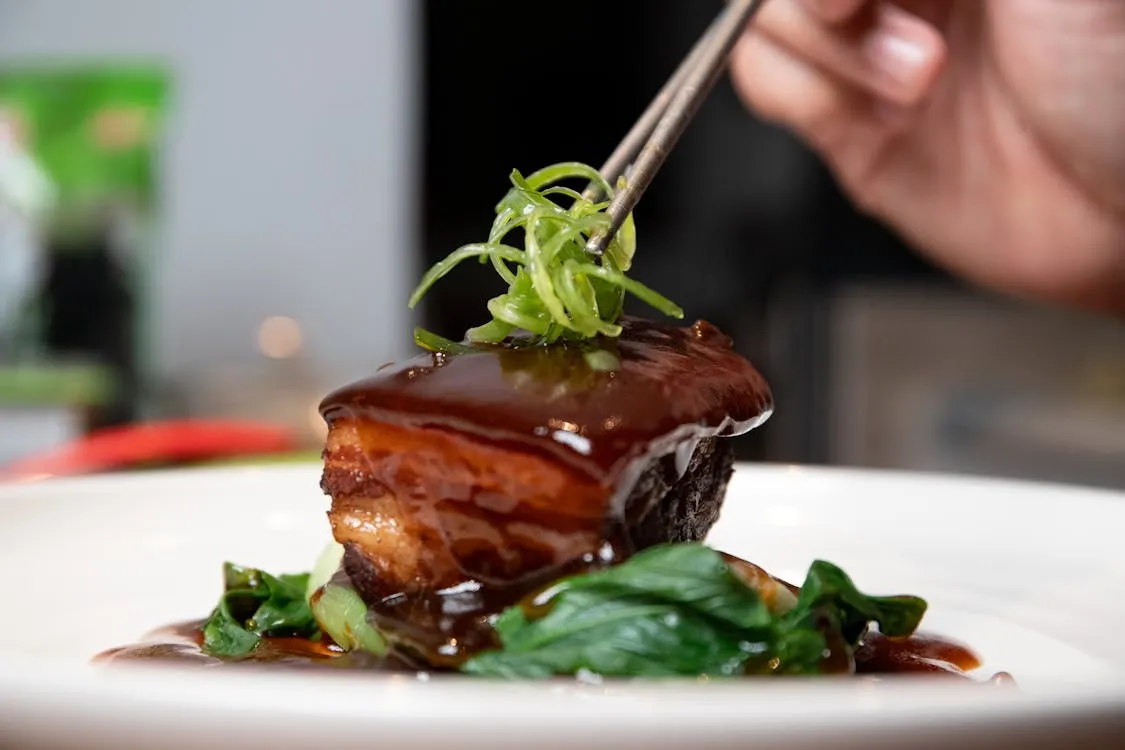 Amanda Lim by Pexels
Amanda Lim by Pexels
Braising is cooking meat in liquid and low heat for a long time. Depending on the cut and the kind of protein, it could take 45 minutes up to 8 hours. Doing so breaks down the fibers of even the most tough cuts and makes them highly tender.
3. Slow Cooking
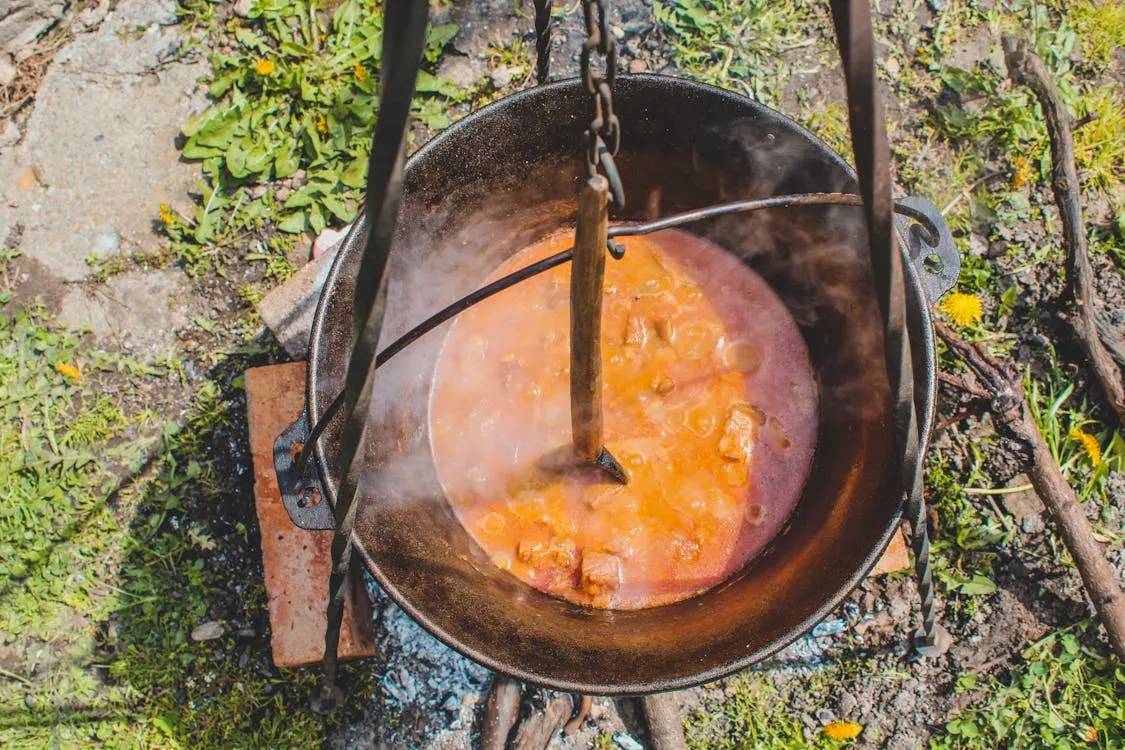 Czapp Árpád by Pexels
Czapp Árpád by Pexels
Slow cooking allows inexpensive cuts to reach full flavor potential, softening fibers and adding a juicy, rich taste. The difference between slow cooking and braising is that the latter involves browning the meat before cooking in a pot. Look for recipes like beef stew, pulled pork, and shredded beef, all perfect for a slow cooker.
4. Pressure Cooking
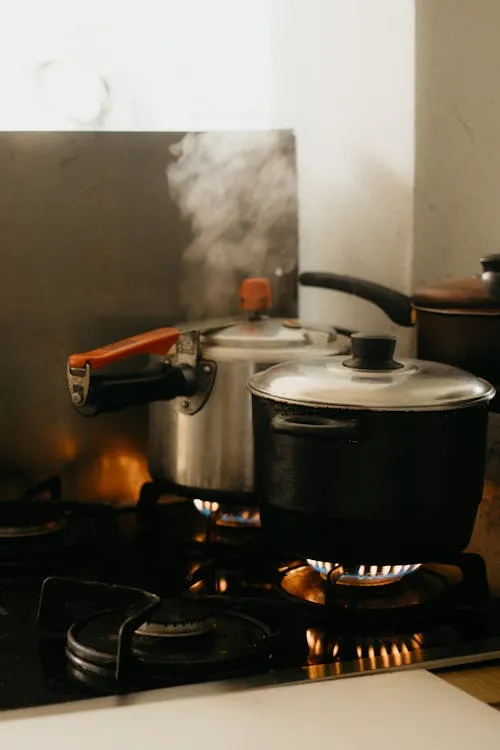 Leticia Curvelo by Pexels
Leticia Curvelo by Pexels
Pressure cookers are a popular kitchen appliance that can tenderize even the toughest meats quickly, infusing flavor deep into each piece. Essentially, they are sealed off to ensure the steam cooks the food. Add enough liquid to cover the meat, and add spices to create a bold, intense taste.
5. Add Seasoning
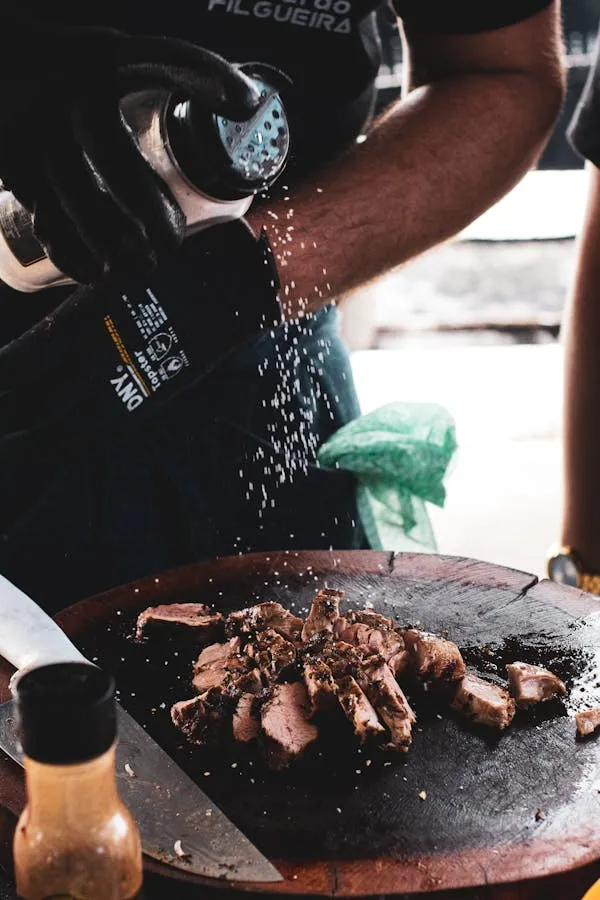 Thiago Miranda by Pexels
Thiago Miranda by Pexels
Seasoning meat is one of the fundamentals of adding flavor to your dish, but it’s often forgotten. A generous sprinkle of salt and pepper enhances the taste and brings out the best in any cut of meat. You can also experiment with fresh herbs like rosemary or thyme or bold spices like paprika and cumin.
6. Dry Aging at Home
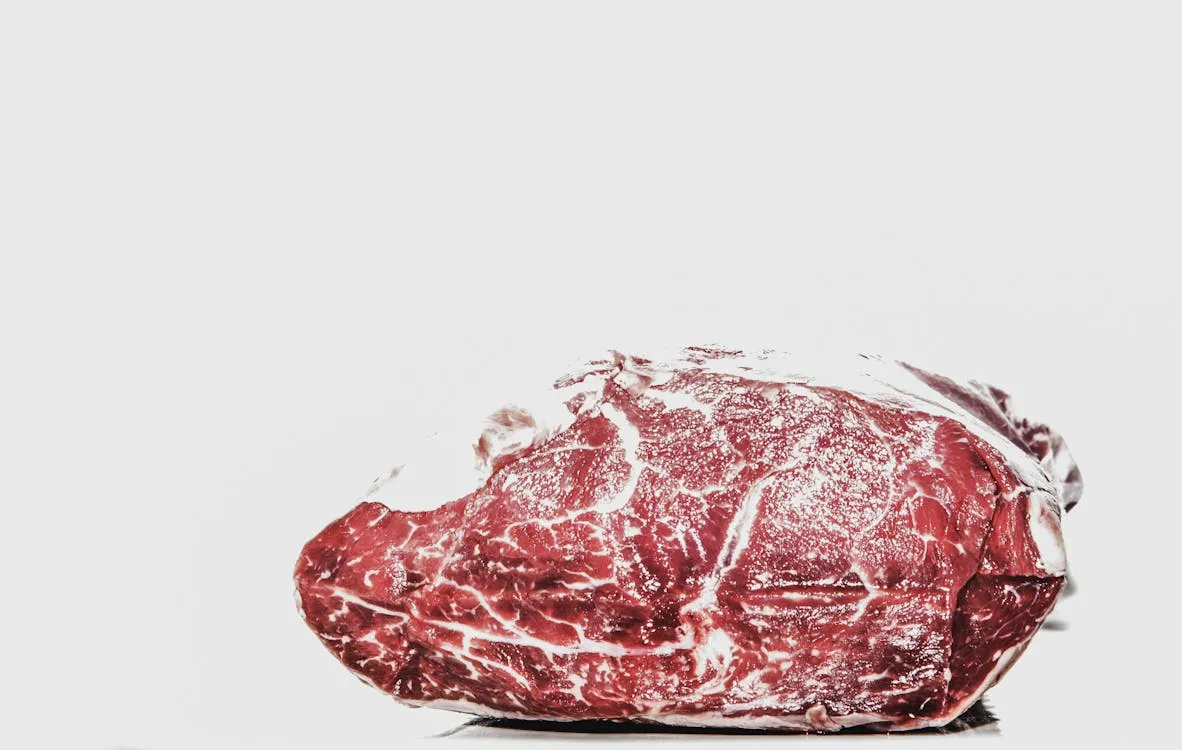 Markus Spiske by Pexels
Markus Spiske by Pexels
Dry aging involves storing meat in a controlled environment for an extended period of time, sometimes up to 8 weeks. It improves the flavor of meat by removing excess moisture and adding more texture. Try refrigerating beef uncovered for a few days.
7. Sous Vide Cooking
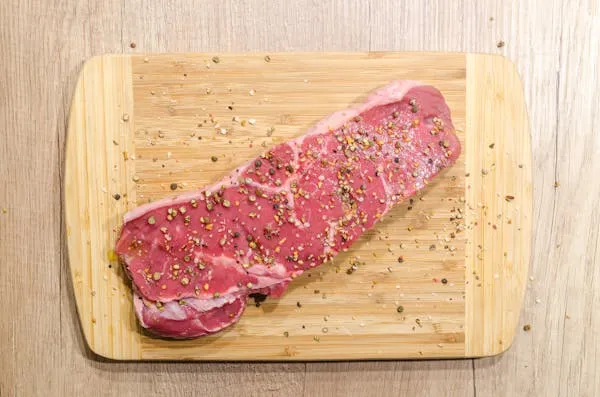 Lukas by Pexels
Lukas by Pexels
Sous vide involves cooking meat in a vacuum-sealed bag in a water bath, keeping it tender and juicy. A simple sous vide immersion circulator can be found at reasonable prices and opens a world of tender meat possibilities.
8. Tenderizing
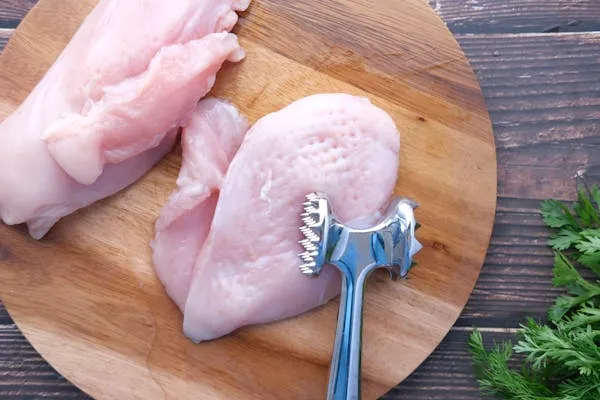 Towfiqu Barbhuiya by Pexels
Towfiqu Barbhuiya by Pexels
Tenderizing meat involves using a meat mallet. A few good hits help break down the fibers, making the meat tender. Another way to tenderize meat is by seasoning its exterior with salt.
9. Butter Basting
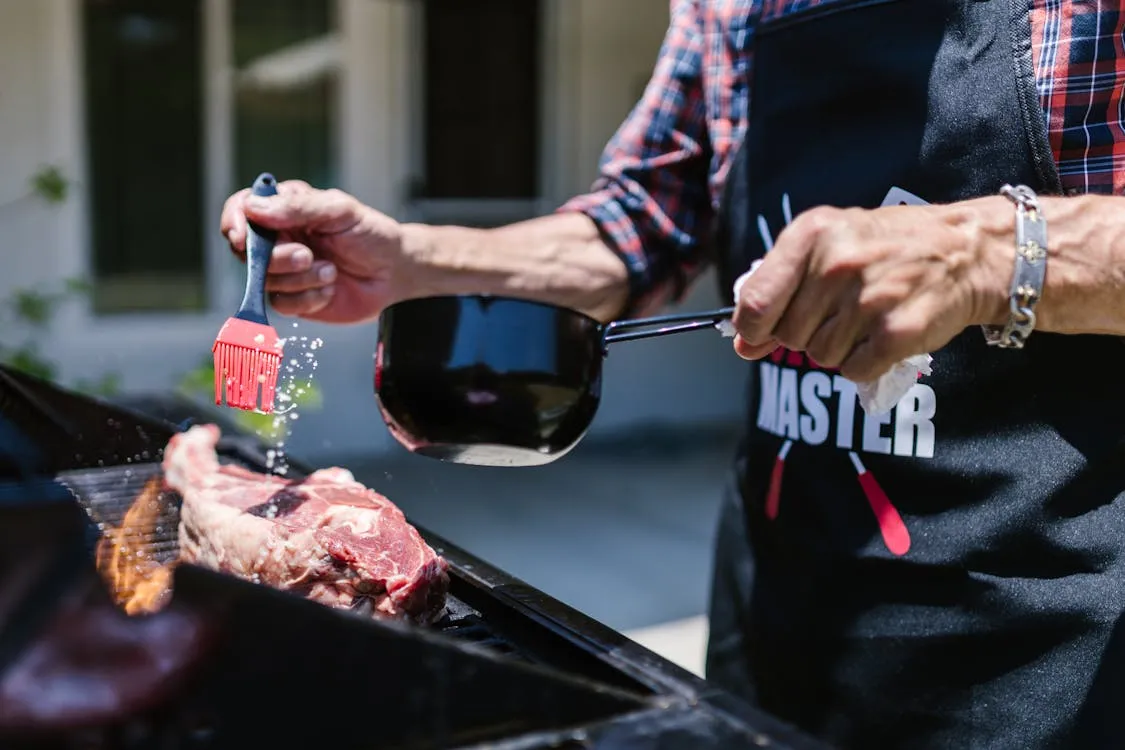 RDNE Stock Project by Pexels
RDNE Stock Project by Pexels
Butter adds richness and moisture, making cheap cuts more luxurious. Baste meat with butter in the pan near the end of cooking, adding herbs for an elevated taste.
10. Smoking the Meat
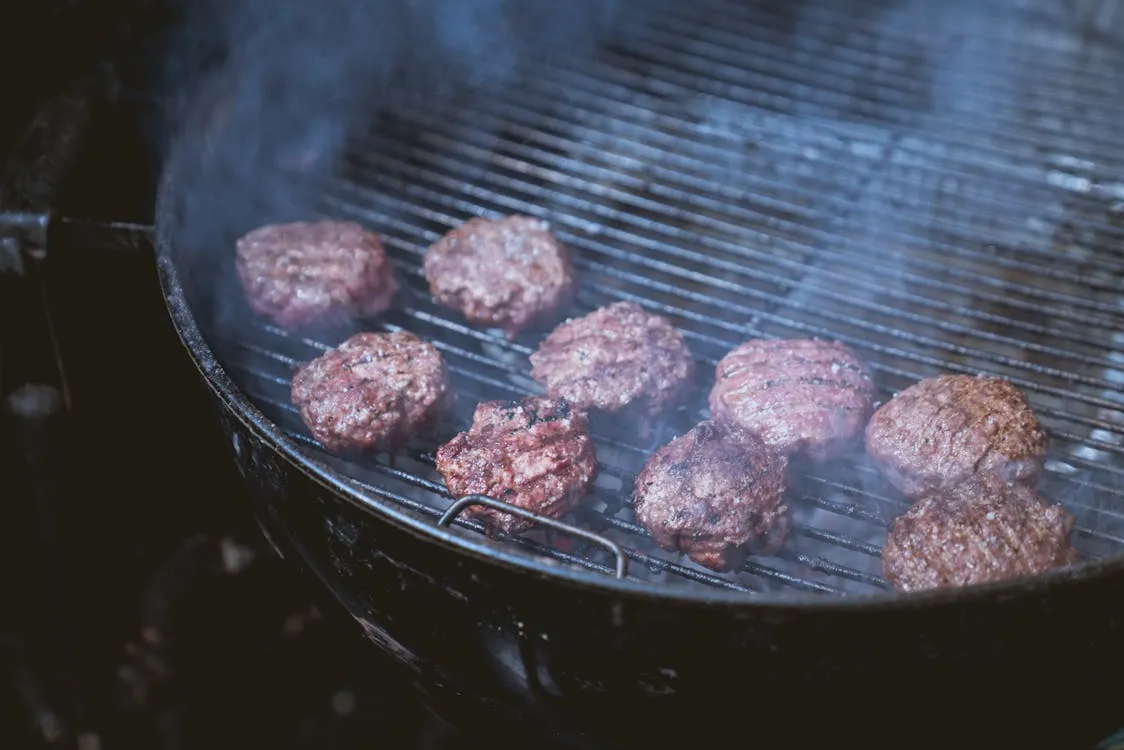 Los Muertos Crew by Pexels
Los Muertos Crew by Pexels
Smoking the meat adds a unique flavor, perfect for turning inexpensive cuts into gourmet delights. If you don’t have a smoker, use a smoking pan or add liquid smoke to marinades for a similar effect.
11. Searing the Meat Properly
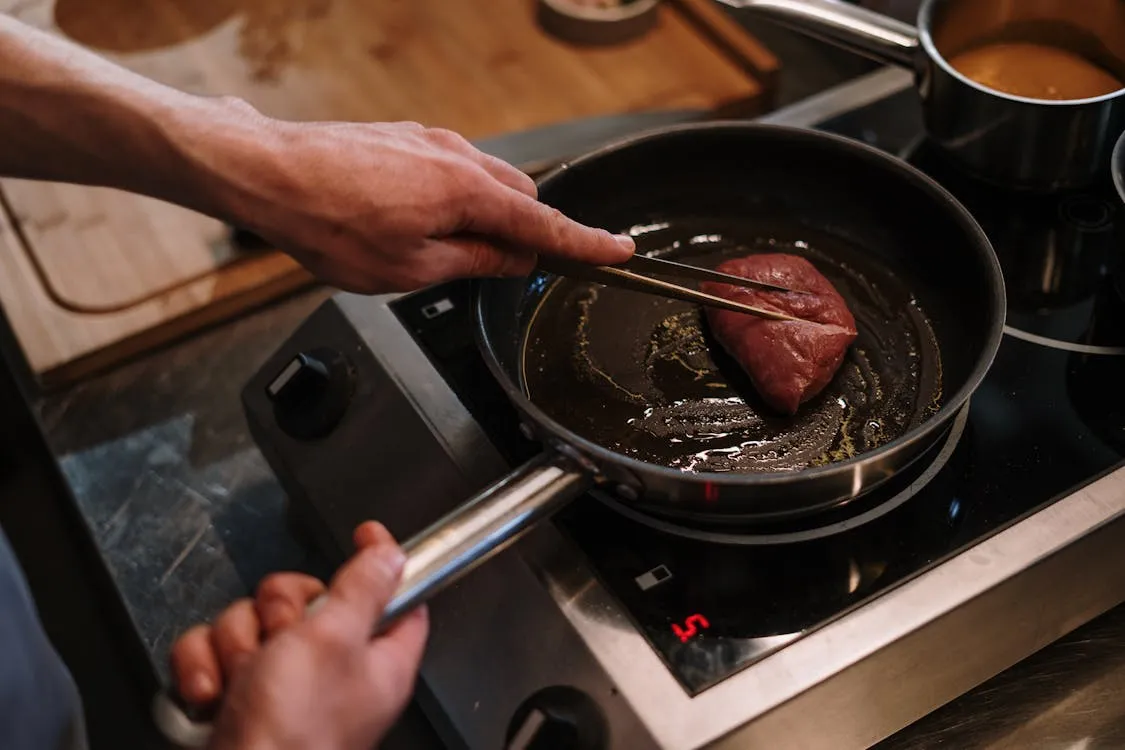 Cottonbro Studio by Pexels
Cottonbro Studio by Pexels
It’s critical to sear your meat correctly to lock in the flavor. Use a cast iron or a stainless steel skillet over high heat and cover it with oil. Doing so ensures you achieve that perfect crust—cuts like chuck steak, ribeye, and skirt steak benefit from a well-executed sear.
12. Using Broth and Stock
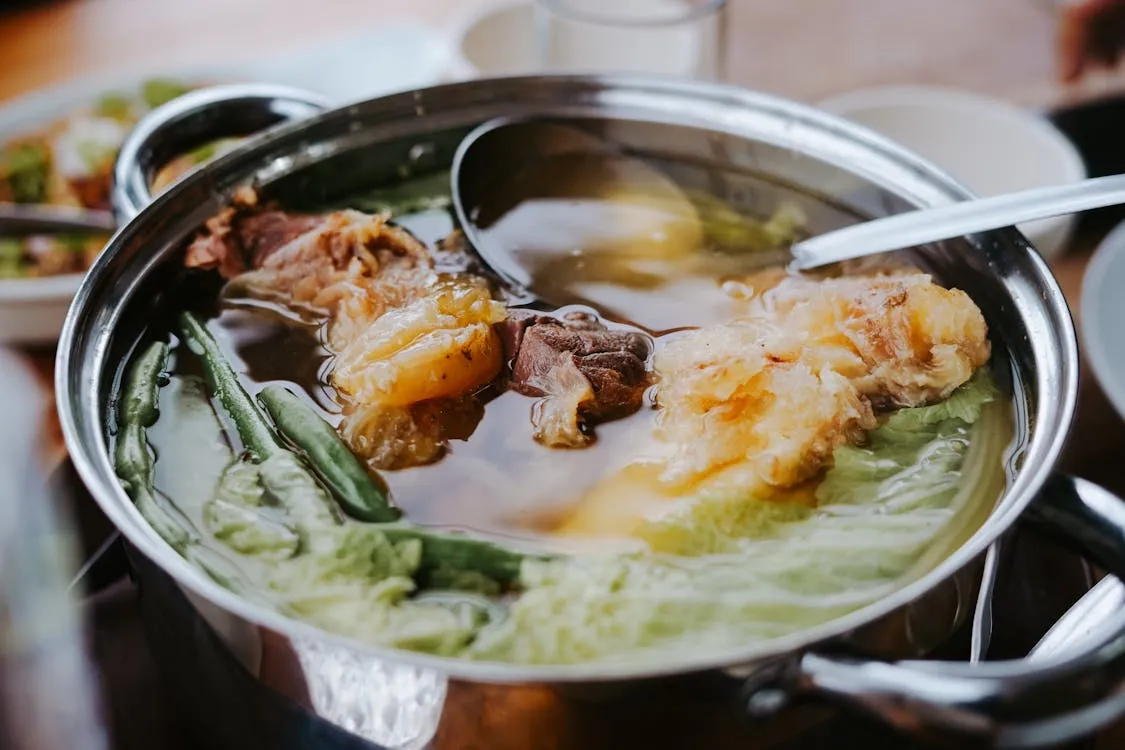 Kenneth Surillo by Pexels
Kenneth Surillo by Pexels
Cooking meat in broth adds a deep, savory taste that elevates any dish instantly. Use beef or vegetable stock instead of water when slow-cooking or braising.
13. Cooking with Alcohol
 RDNE Stock Project by Pexels
RDNE Stock Project by Pexels
Alcohol releases additional flavors, transforming simple cuts into complex, flavorful dishes. Additionally, alcohol breaks down the meat’s muscle fibers, making it tender. Red wine works well with beef, while white wine or beer complements chicken and pork.
14. Infusing Fresh Herbs
 Mali Maeder by Pexels
Mali Maeder by Pexels
Fresh herbs lighten and balance the richness of cheaper cuts. Add spices like basil, oregano, or parsley for a fresh pop of flavor.
15. Brining
 Nappy by Pexels
Nappy by Pexels
A simple brine of water, salt, and sugar is all you need to elevate the taste. Brining adds moisture and flavor, preventing meat from drying out during cooking.
16. Reverse Searing
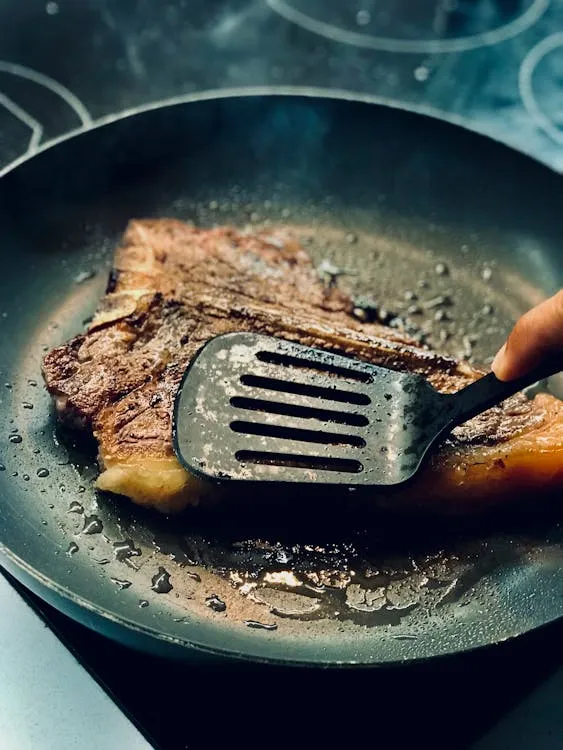 Salamatu Gwadah by Pexels
Salamatu Gwadah by Pexels
As the title suggests, reverse searing involves cooking the meat perfectly in an oven. Then, the meat is transferred to a hot cast iron or skillet. Reverse searing is ideal for thicker cuts like chuck and rump steak.
17. Using Acidic Ingredients
 Lukas by Pexels
Lukas by Pexels
Try using acidic ingredients such as lemons, vinegar, and yogurt. The acidity helps tenderize the meat. However, don’t add too much because the acid could overpower the meat.
18. Velveting
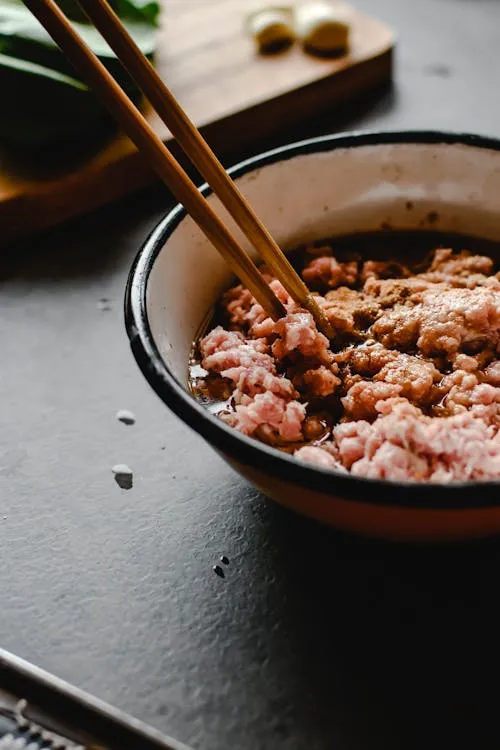 Eva Bronzini by Pexels
Eva Bronzini by Pexels
Velveting is a Chinese cooking technique that involves coating meat with cornstarch, egg whites, and sometimes a little soy sauce. This process tenderizes the meat and keeps it moist while cooking. Thin cuts of meat, like slices of beef or chicken breast, benefit most from velveting, as it locks in moisture and creates a silky texture.
19. Cooking with Rendered Fat
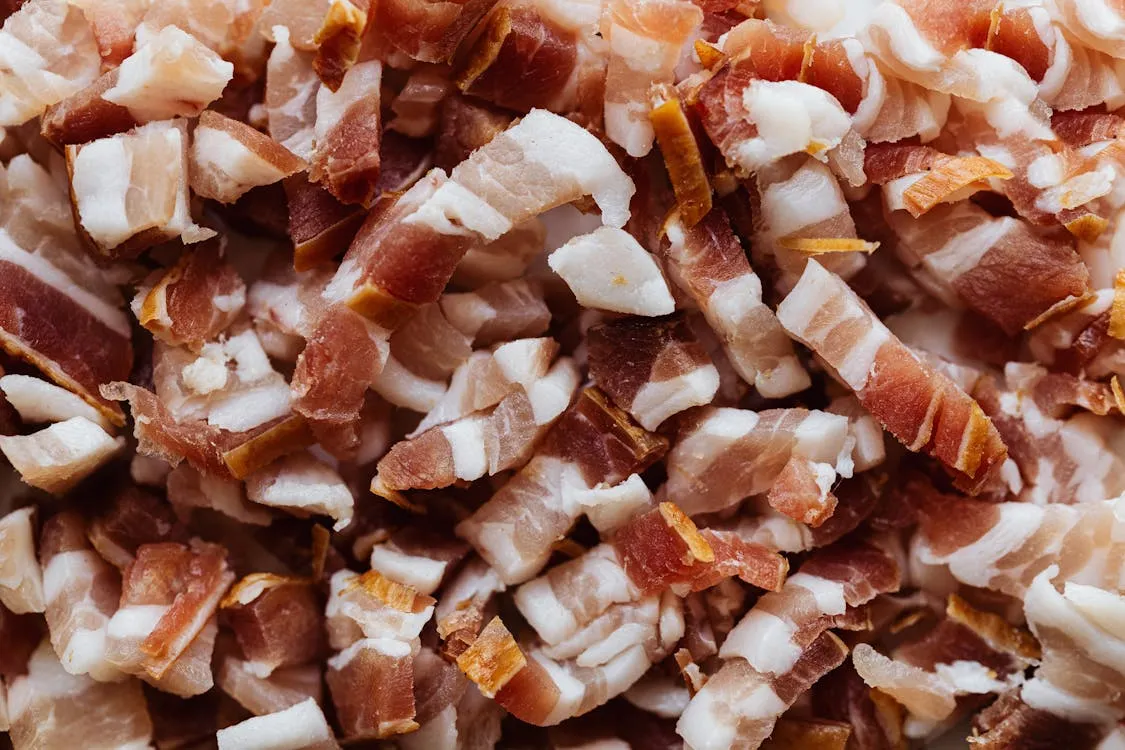 Kaboompics.com by Pexels
Kaboompics.com by Pexels
Rendered fat from bacon, duck, or beef adds a rich, luxurious flavor to inexpensive cuts. You can use it as a cooking medium or drizzle it over the meat after cooking. A small amount of rendered fat goes a long way; a spoonful can add a decadent, gourmet touch to the dish.
20. Adding Caramelized Onions
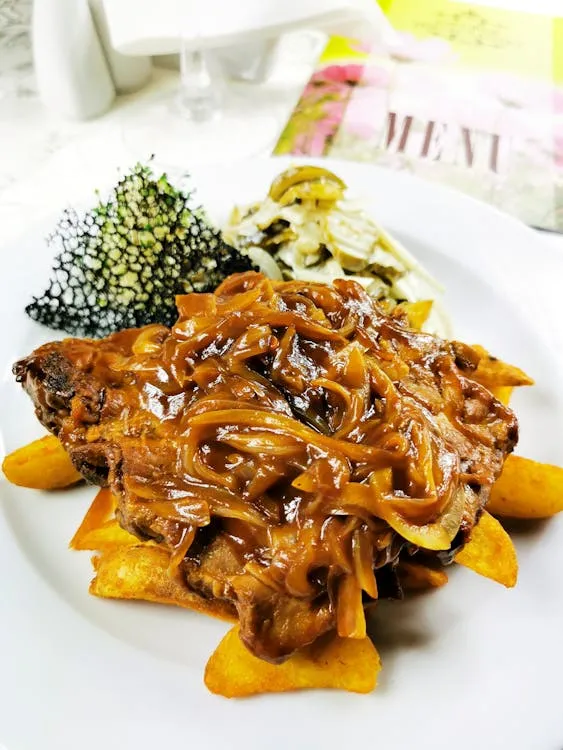 Rafał Nawrocki
Rafał Nawrocki
Caramelized onions add sweetness and depth, balancing the flavors of inexpensive cuts. They’re especially effective for rich, robust meats, as the sweetness contrasts with the savory notes. Serve the onions over or alongside the meat, or incorporate them into a sauce to add a layer of sweet, tangy flavor that feels luxurious.